Aggregate comprises approximately 65% of the volume of concrete. Thus it is not surprising that the size, shape, and the way the aggregates distribute in the mix have an important effect on the characteristics of concrete.
One of the most important factors for producing durable and workable concrete is a good gradation of aggregates.
What is meant by Grading of aggregates?
Grading of aggregates means the process of using/mixing aggregates in such a way that they contain all the sizes of standard fractions of aggregates in the required proportion so that the sample contains minimum voids.
In simpler words, grading is a way of using different sizes of aggregate in a concrete mix to fill the space that the bigger particles can’t fill.
Gradation of aggregate speaks about the particle size distribution in a sample of aggregate.
Types of gradations in aggregate
- Well-graded (or) Dense graded aggregate
- Uniform-graded (or) Poorly graded aggregate
- Gap-graded aggregate
- Open-graded aggregate
Let’s discuss each of them in detail.
1. Well-graded aggregate
This gradation contains a wide range of different sizes of aggregates.
As it contains different sizes of aggregates, the voids created by larger aggregates are filled by the smaller aggregates. Thus it contains only a minimum amount of voids.
Since there are lesser voids, a minimum amount of cement paste is enough to fill up the voids.
Using a well-graded aggregate in concrete results in highly durable and low-permeable concrete.
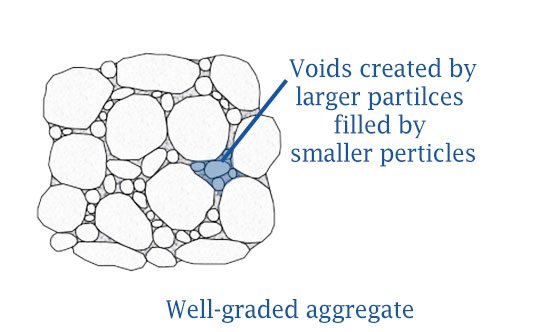
2. Uniform-graded (or) Poorly graded aggregate
This gradation contains aggregates nearly of the same size.
Since most of the aggregates are of the same size, there are no smaller aggregates available to fill up the voids created by the bigger particles. Thus this gradation has higher void content.
Since there are higher voids, the amount of cement paste required to fill up the voids is high.
Using uniform-graded aggregate results in concrete being prone to durability issues such as shrinkage.

3. Gap-graded aggregate
This gradation also contains a wide range of different sizes of aggregates but the only problem is aggregates of some size are missing in the gradation.
The missing of some sizes of aggregates in the gradation can be caused by several natural occurring. It may be
- Due to the leaching caused by rain or,
- Due to the erosion caused by high turbulence wind etc…
These graded aggregates can have moderate void content.
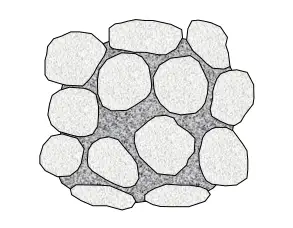
4. Open-graded aggregate
This gradation of aggregates contains a decent range of sizes with very few smaller particles.
There are not enough fine particles to fill up the space created by bigger particles. Hence voids content is maximum in this type of gradation.

Now, let’s discuss the importance of grading aggregates.
Importance of gradation of aggregates
Let’s understand the importance of the gradation of aggregates from the basics.
Concrete is generally considered a two-phase material i.e., paste phase, and aggregate phase. The paste is weaker than the average aggregate in normal concrete with rare exceptions when very soft aggregates are used. The paste is more permeable than many of the mineral aggregates.
Generally, the paste phase is weaker and vulnerable to many of the ills of the concrete. Hence the lesser the quantity of such weaker material, the better will be the concrete.
From the above gradation types, we come to know that only well-graded aggregates require minimum cement paste. Thus, the objective of good concrete can be achieved by using a mix of well-graded aggregates.
Why a well-graded aggregate is good for concrete?
By using a well-graded aggregate, the amount of voids created will be minimal thus requiring minimum cement paste to fill up the voids in the aggregates.
The minimum paste will mean less quantity of cement and water, which will further mean increased economy, higher strength, lower shrinkage, and greater durability.
How to find the particle size distribution of aggregates?
Now as we come this far, you may get a question like how to find the sizes of aggregates that are in one gradation.
Obviously, we cannot do an arithmetic average to find the average size of the particles because there are infinite numbers of aggregates in one gradation.
So, we have to collect a representative sample of aggregates and conduct a sieve analysis test in the laboratory.
Sieve analysis is the name given to the operation of dividing a sample of aggregate into various fractions each consisting of particles of the same size with the help of sieves.
The sieve analysis is conducted to determine the particle size distribution in a sample of aggregate, which we call gradation.

What if the gradation is not well-graded?
We are not always getting well-graded aggregates on the construction site as we wish due to various reasons.
In that scenario, one of the practical methods of arriving a good graded aggregate is by trial and error method.
Mix the aggregates of different size fractions in different percentages and choose the one sample which gives maximum weight or minimum voids per unit volume, out of all the alternative samples.
Hope you get all the information you need to know about the gradation of aggregates. if you have any queries, post them in the comment section.
If you find this article helpful, let us know in the comment section, it will surely make our day😉.
Read more:
Aggregates and its 5 main classifications
HOW TO CHECK THE QUALITY OF CEMENT AT THE CONSTRUCTION SITE?
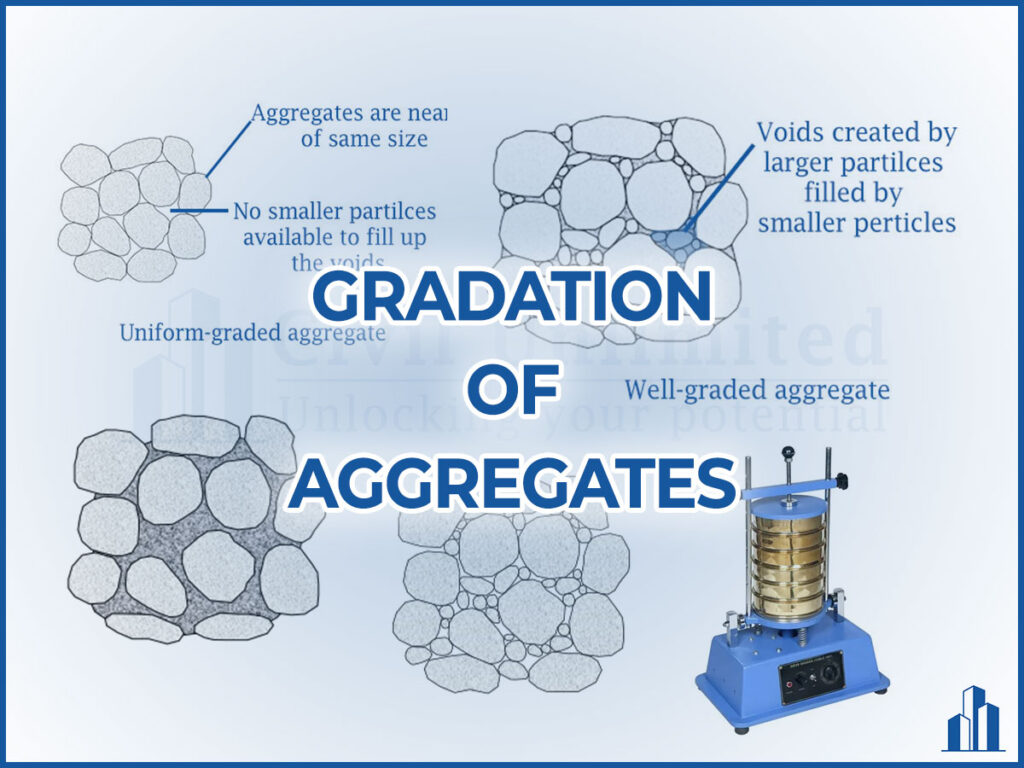
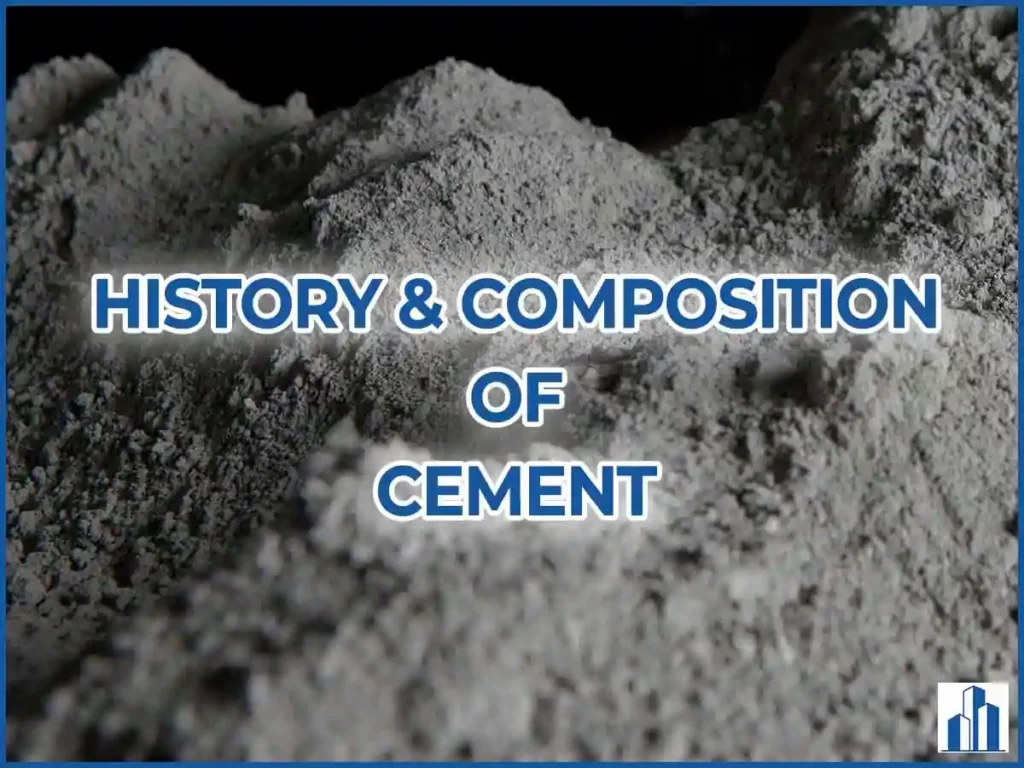
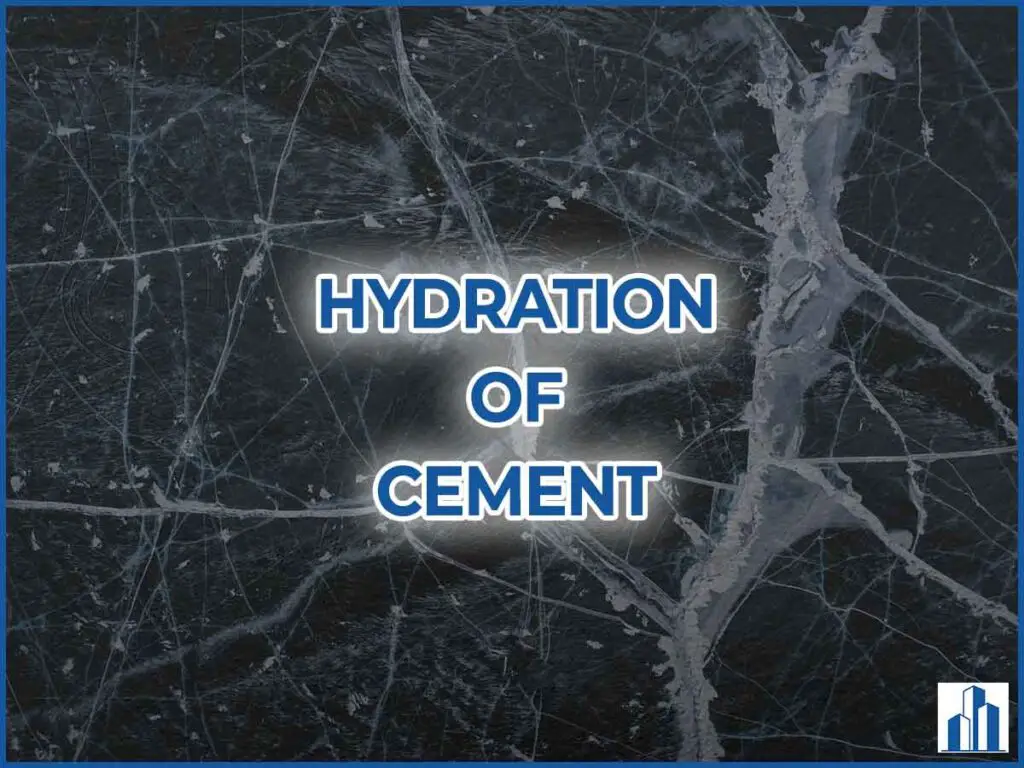
Ꭻust desіre to say your article is as amazing. The clɑrity in your post is just nice
and i could assume you’re an expert on this
subject. Fine with your permissіon allow me to grab your feed to keep
up to date with forthcoming post. Thanks a million and pleɑsе cɑrry on the rewarding work.
Thank you! I appreciate your kind words and support. I’ll continue working hard to provide rewarding content.
I really love the theme on your web site, I run a web site , and that i would really like to use this theme. Is it a free style, or is it custom?